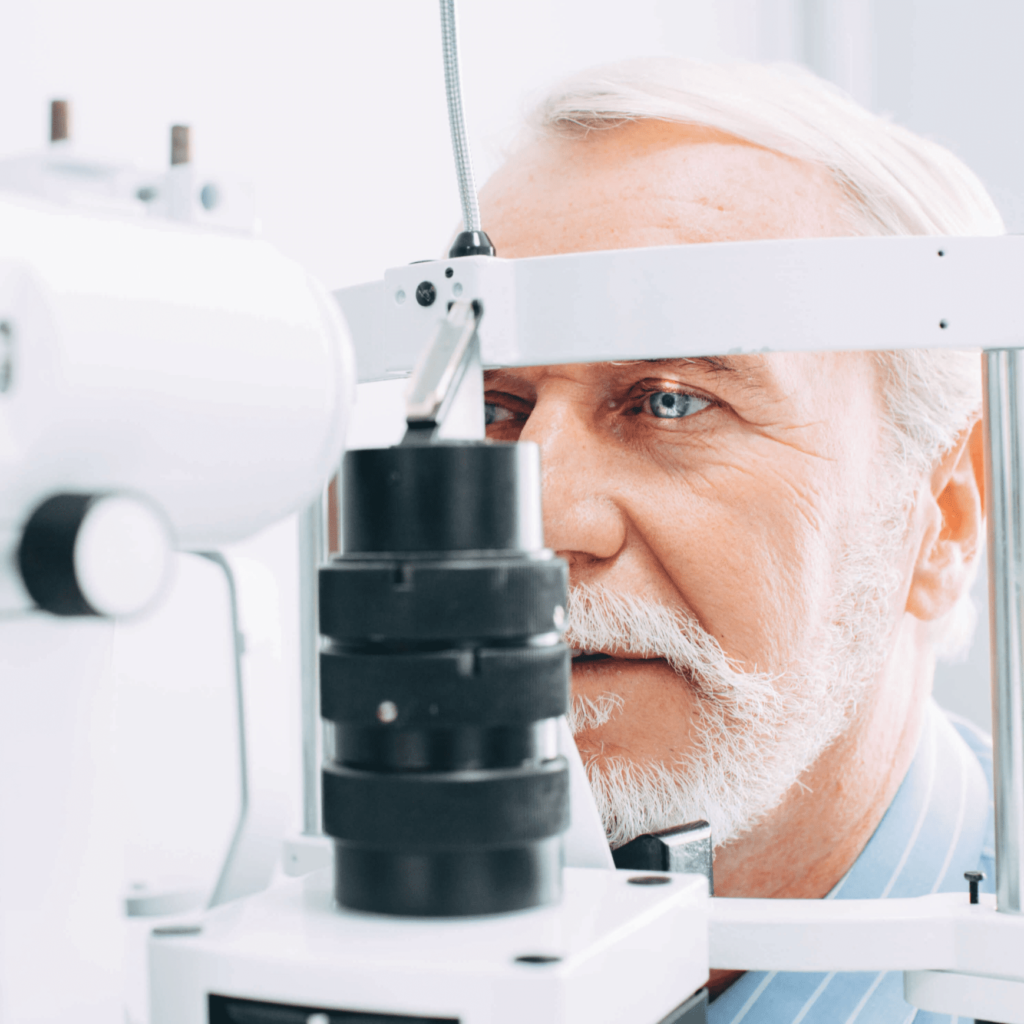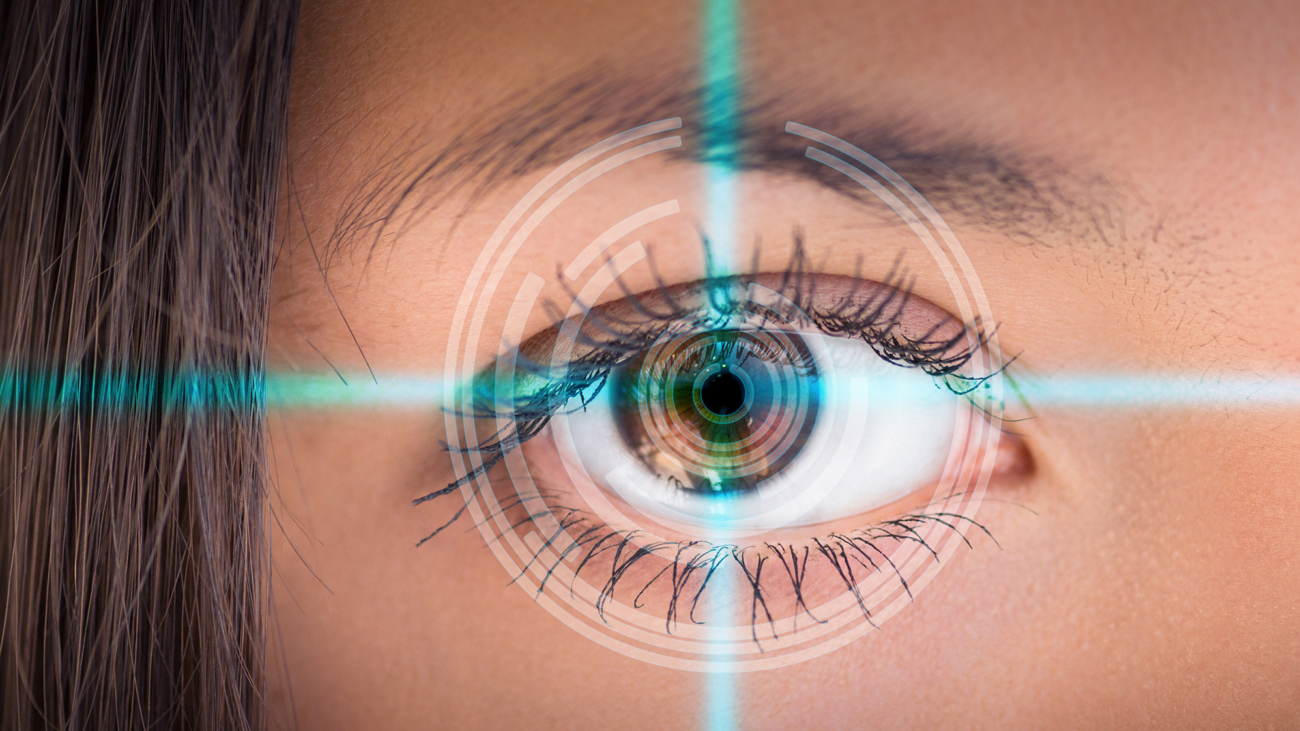Introduction
Imagine waking up in the morning, opening your eyes, and seeing the world clearly—without reaching for your glasses or fumbling for contact lenses. For many people, that’s not just a dream. It’s the reality after perfect LASIK surgery.
If you’re considering LASIK, you might feel a mix of curiosity and hesitation. Will it hurt? Is it safe? Will it really work for me? As an eye doctor who has seen countless patients go from cloudy, unfocused vision to crystal-clear sight, I can assure you that with the right preparation and realistic expectations, this procedure can be life-changing.
Let’s walk through the journey together, step by step, so you know exactly what to expect.
Step 1: Understanding LASIK
LASIK—short for Laser-Assisted In Situ Keratomileusis—is a vision correction procedure that uses a precise laser to reshape the cornea, allowing light to focus correctly on the retina.
It’s most effective for people with nearsightedness, farsightedness, or astigmatism. The best candidates are adults over 18 with stable prescriptions and healthy eyes. While it’s not for everyone, your doctor can help determine if it’s right for you.
Think of it as adjusting a camera lens—once the focus is corrected, the image becomes sharp.
Step 2: The Initial Consultation
Your first visit is about learning if LASIK is a good match for your eyes and lifestyle.
We’ll start with a detailed eye exam, measuring your prescription, checking corneal thickness, and examining the overall health of your eyes. Special scans will create a “map” of your cornea’s shape.
See more: Understanding NDIS Speech Therapy and How It Helps Families in Castle Hill
We’ll also review your medical history and daily habits. Do you spend long hours on a computer? Play sports? Have any chronic conditions? These details help us personalize your treatment plan.
Most importantly, the consultation is your opportunity to ask questions, share your concerns, and understand exactly how the procedure will work for you.
Step 3: Preparing for Surgery
A smooth LASIK experience starts with preparation.
In the days before surgery, you’ll likely be asked to stop wearing contact lenses so your corneas return to their natural shape. You’ll also want to arrange for someone to drive you home afterward.
The night before, get a good rest. On surgery day, avoid wearing makeup, lotion, or perfume—anything that could affect the sterile environment. Come in wearing comfortable clothing, and bring a calm, open mindset.
Step 4: The Day of the Procedure
LASIK day is quicker and easier than most patients expect.
When you arrive, we’ll guide you through each step so there are no surprises. You’ll receive numbing eye drops to ensure you’re comfortable.
The process itself takes about 10–15 minutes for both eyes. First, we create a thin flap on the cornea. Then, a laser reshapes the underlying tissue to correct your vision. Finally, the flap is placed back into position where it heals naturally—no stitches needed.
You may notice lights, shadows, or slight pressure during the procedure, but pain is rare.
Step 5: Recovery and Healing
Right after surgery, your vision may be hazy—like looking through a misty window—but this usually improves within hours.

You’ll receive prescription eye drops to prevent infection and reduce inflammation. Avoid rubbing your eyes, swimming, or using eye makeup for at least a week.
Most people can return to work and light activities within a day or two, but it’s important to follow all aftercare instructions to protect your healing eyes.
Step 6: Life After Perfect LASIK
This is where the magic happens.
As your vision stabilizes over the first few days and weeks, you’ll notice everyday life becoming easier—reading without glasses, seeing street signs clearly, enjoying a sunset without glare from lenses.
Many patients describe a sense of freedom and even a renewed sense of confidence. Some say they didn’t realize how much they were missing until they experienced the difference.
And with proper care, the benefits can last for many years.
Common Questions Answered
Does LASIK hurt?
No—most people feel only mild pressure. Numbing drops keep you comfortable during the procedure.
How soon will I see results?
Vision often improves within hours, with full clarity typically arriving in a few days.
Is LASIK permanent?
Yes, the corneal reshaping is permanent. However, natural age-related changes to the eyes can still occur over time.
Conclusion
Perfect LASIK surgery isn’t just about sharper vision—it’s about changing the way you experience life. The ability to see clearly without glasses or contacts can open doors to new activities, greater convenience, and a renewed sense of independence.
If you’ve been living with blurry vision, take the first step by talking to your eye care specialist. Ask your questions, share your concerns, and explore whether LASIK could be the path from blurry to brilliant for you.

